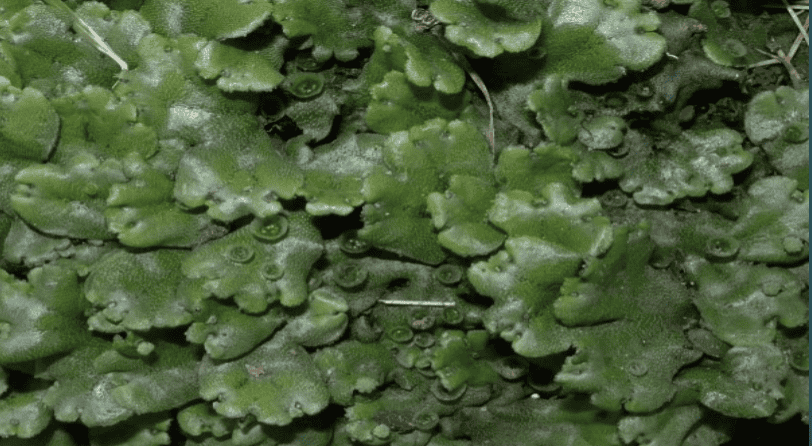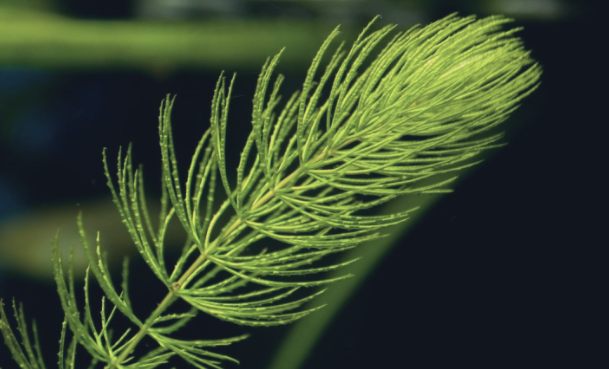Kingdom Plantae
General Plant Kingdom characteristics
Photosynthetic autotrophs
Eukaryotic
Cell
wall-cellulose
Carbohydrate storage is starch
Chlorophylls A & B
Plants will alternate between
haploid and diploid stages
bryophytes” will be
haploid dominant = 1N = gametophytes
“tracheophytes” will be
diploid dominant = 2N =sporophyte
Bryophytes
non-vascular; no phloem, no xylem, no roots, no leaves, no stems
need diffusion
short and found in moist
PHYLUM BRYOPHYTA-MOSSES

mosses
haploid dominant
Diploid has no chlorophyll so stays attached to female gametophytes
no roots, leaves or stems
PHYLUM HEPATOPHYTA-LIVERWORT

PHYLUM ANTHOCEROPHYTA-
HORNWORTS

Tracheophytes
Plant group that now has vascular tissue
Vascular tissue
allows these plants to grow considerably taller
than
bryophytes
Still produces sperm, therefore must grow
where moist
Diploid is now the dominant stage
Most will
have true roots, stems, & leaves
Can have secondary cell
walls made of lignin; enhances support
Tracheophytes-Phyla Lycophyta &
Monilophyta
these two phyla still produce sperm, so still found in moist
areas
Much taller than byrophytes
Phylum Lycophyta-Club Mosses

Tracheophytes-seedbearing
Advanced plants
Vascular tissue still allows for considerable height increase
over
bryophytes
Major advancement = swapped sperm for
pollen
Pollen can be dessicated with no ill effect
Pollenators needed: wind, bats, bugs, etc...
Can inhabit more
arid environments
Gymnosperms
naked seed
Does not produce fruit to encase/protect the seed(s)
Megaspore = egg
Microspore = pollen